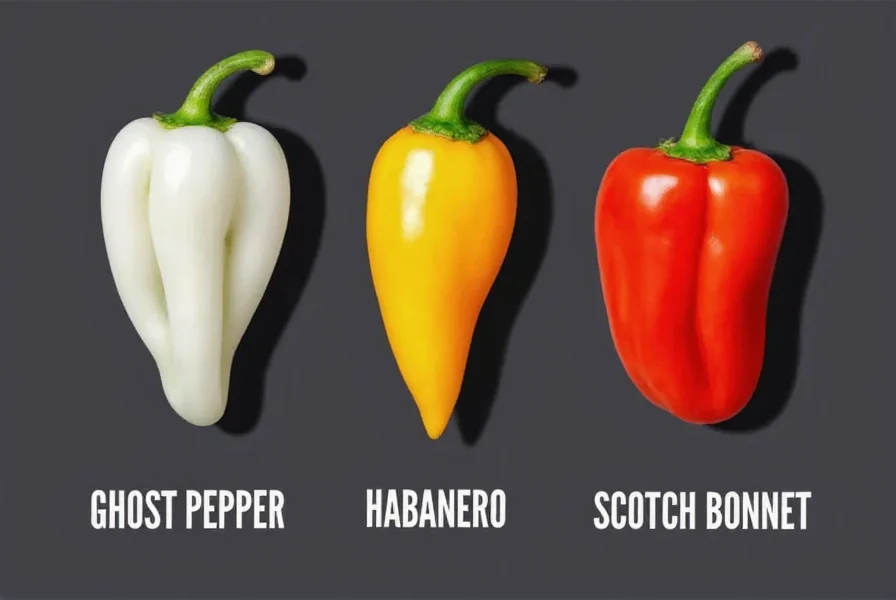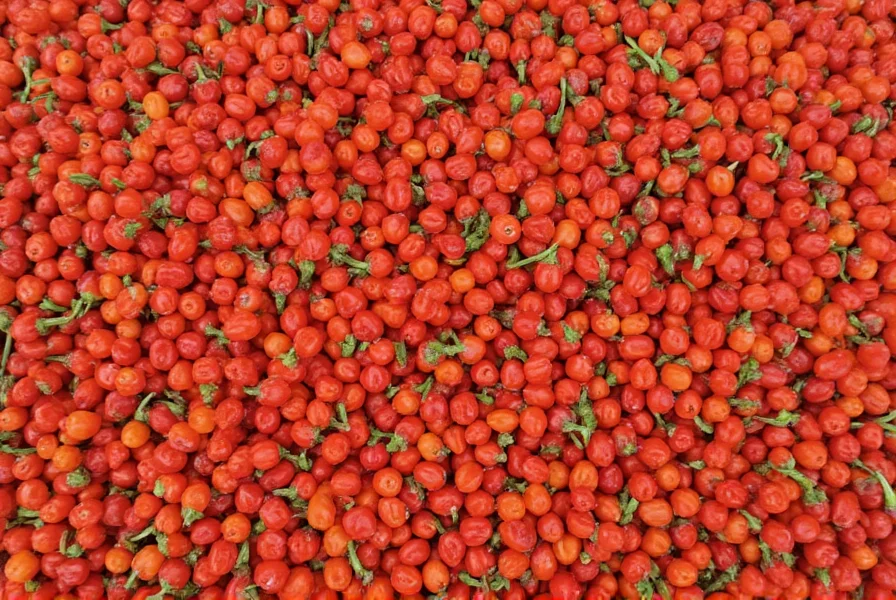When searching for "logan pepper," many home cooks and gardening enthusiasts encounter confusion. This common search query typically stems from mishearing or misspelling established pepper names. Understanding the actual pepper varieties can help you find what you're truly looking for in your culinary or gardening pursuits.
Common Pepper Confusions Explained
The term "logan pepper" most frequently results from mishearing "ghost pepper" (Bhut Jolokia), one of the world's hottest chili varieties. This phonetic similarity causes regular search errors, especially among novice spice enthusiasts. Other possible confusions include:
- Loganberry - A fruit hybrid, sometimes confused with pepper varieties
- Scotch bonnet - Often misheard due to similar phonetic structure
- Habanero - Another hot pepper with somewhat similar pronunciation
Actual Pepper Varieties You Might Be Searching For
If you're exploring hot peppers for cooking or gardening, these established varieties offer the heat profiles and flavors you might associate with the "logan pepper" search:
| Pepper Variety | Scoville Heat Units | Flavor Profile | Common Uses |
|---|---|---|---|
| Ghost Pepper (Bhut Jolokia) | 800,000-1,041,427 SHU | Smoky, fruity, floral | Hot sauces, extreme challenge recipes |
| Habanero | 100,000-350,000 SHU | Tropical fruit, citrus | Salsas, Caribbean cuisine |
| Scotch Bonnet | 100,000-350,000 SHU | Sweet, fruity, slightly smoky | Caribbean jerk seasoning, hot sauces |
| Cayenne | 30,000-50,000 SHU | Sharp, bright, slightly woody | General cooking, spice blends |
Why the "Logan Pepper" Misconception Persists
This search confusion continues for several understandable reasons. First, regional dialects can alter how pepper names are pronounced and subsequently remembered. Second, the rise of specialty hot sauces has introduced many hybrid varieties with creative names that sometimes blur established terminology.
When researching peppers for gardening, always verify botanical names rather than common names. The Capsicum chinense species includes many of the hottest varieties, while Capsicum annuum encompasses milder peppers like jalapeños and bell peppers. Understanding these classifications prevents confusion when searching for specific heat levels and flavor profiles.

Practical Tips for Finding the Right Pepper
When shopping for peppers or researching varieties, consider these practical approaches:
- Describe what you're looking for - Instead of searching "logan pepper," try "very hot red pepper" or "fruity tasting hot pepper"
- Check Scoville ratings - This standardized measurement helps compare heat levels across varieties
- Consult gardening resources - University extension services provide reliable information on pepper varieties
- Visit specialty markets - Staff can often help identify peppers by appearance and heat level
For home gardeners, understanding your climate zone is crucial when selecting pepper varieties. Many super-hot peppers require longer growing seasons and specific temperature ranges to reach their full potential. If you're in a cooler climate, consider starting seeds indoors 8-10 weeks before your last frost date.

Pepper Safety and Handling Guidelines
When working with hot peppers, proper handling prevents discomfort and potential health issues. Always wear gloves when handling extremely hot varieties like ghost peppers. The capsaicin oils can cause severe irritation to eyes and sensitive skin.
After handling hot peppers, wash hands thoroughly with soap and water—avoid touching your face until you've cleaned properly. If you experience burning sensations, dairy products like milk or yogurt can help neutralize the capsaicin, while water often spreads the oil and increases discomfort.
Conclusion
While "logan pepper" isn't a recognized variety, understanding common search confusions helps you find the actual peppers you're seeking. Whether you're a home cook looking to add heat to your recipes or a gardener planning your next crop, focusing on established pepper varieties with verified characteristics ensures better results in your culinary and horticultural endeavors.
Is logan pepper a real variety of chili pepper?
No, logan pepper is not a recognized variety of chili pepper. The term typically results from mishearing or misspelling established pepper names like ghost pepper or confusion with similar-sounding terms.
What pepper is most commonly confused with "logan pepper"?
Ghost pepper (Bhut Jolokia) is the variety most frequently confused with "logan pepper" due to phonetic similarities. Many searchers intending to find information about ghost peppers accidentally search for "logan pepper" instead.
How can I identify which pepper variety I'm looking for?
To identify the correct pepper variety, consider describing the heat level (mild, medium, hot, extremely hot), color, shape, and intended use. Checking Scoville heat units and consulting reputable gardening resources can help pinpoint the exact variety you need.
What's the difference between ghost pepper and habanero?
Ghost peppers (800,000-1,041,427 SHU) are significantly hotter than habaneros (100,000-350,000 SHU). Ghost peppers have a smoky, floral flavor with delayed heat, while habaneros offer a more immediate fruity, citrus flavor with tropical notes. Both belong to the Capsicum chinense species but have distinct growing requirements.
Can I grow ghost peppers in a home garden?
Yes, you can grow ghost peppers in a home garden, but they require specific conditions. They need 90-150 days to mature, prefer temperatures between 70-90°F (21-32°C), and require well-draining soil. In cooler climates, start seeds indoors 8-10 weeks before the last frost and consider using a greenhouse for optimal results.











 浙公网安备
33010002000092号
浙公网安备
33010002000092号 浙B2-20120091-4
浙B2-20120091-4